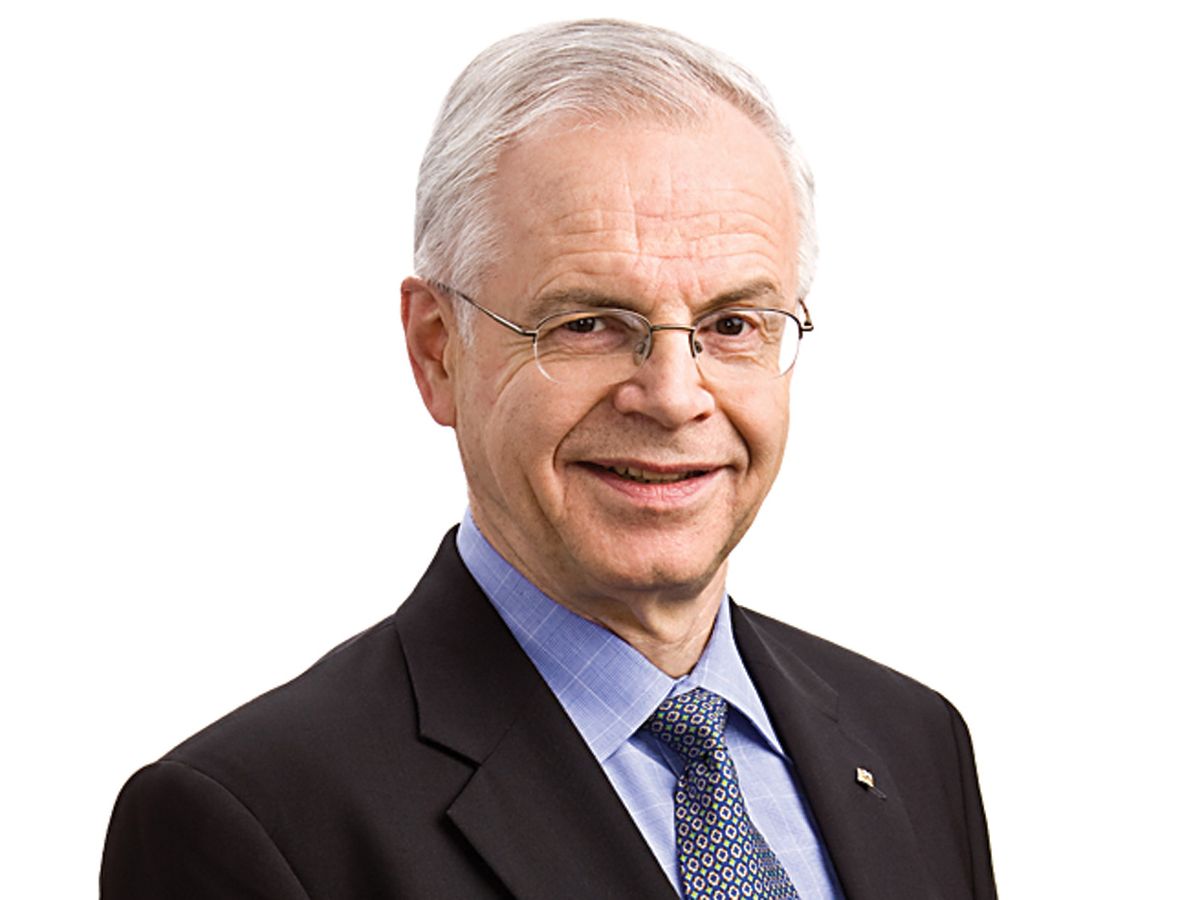THE INSTITUTE How many of us know how to explain to a non-technically trained person what professionals such as engineers and scientists have contributed to humanity? One way is to describe what the world would be like if all their contributions were to disappear. We would have no electricity, electric lights, telephones, radio, television, GPS, washing machines, refrigerators, microwave ovens, thermostats, modern transportation systems, computers, the Internet, or e-mail—and that’s just for starters.
Why should everyone be aware of the contributions of these professionals? It would create a more receptive environment for communicating with audiences such as government leaders and preuniversity students—two groups essential to future technological development.
We need to raise the technological awareness of government leaders and others who support and fund research and development. It might be a difficult task because, in the United States and some other countries, there is a lack of technical competence in government. Government leaders must understand how critically important R&D is to the future of humanity and to our quality of life. Without the resources to discover and develop new technologies, we will not see the continuation of the great technological advances that have occurred since the advent of IEEE 125 years ago.
IEEE’s technical communities, including its authors, conference participants, and standards developers, have been at the forefront of the advances. Our 144 journals and magazines and more than 900 conferences each year continue to help accelerate the pace of change by enabling the sharing of technical information.
Encouraging young people to consider careers in science, engineering, and mathematics is essential to progress. IEEE’s efforts include the volunteer-led Teacher In-Service Program, in which professional development workshops help teachers bring hands-on engineering lessons into their classrooms. Another effort is TryEngineering.org. This is a Web site for preuniversity students, parents, teachers, school counselors, and the general public that lets visitors explore how to prepare for an engineering career, ask experts engineering-related questions, play interactive games, and more.
We also need to show the next generation how an engineering and science education can benefit humanity. To this end, I initiated the first IEEE Presidents’ Change the World Competition last year as one of IEEE’s 125th anniversary events. The competition recognizes students who identify a real-world problem and apply engineering, science, computing, and leadership skills to solve it.
Two hundred entries were submitted by students around the world. Their solutions addressed a wide range of humanitarian challenges. Among the winning entries were a handheld device to analyze proteins for medical diagnoses in areas remote from health facilities; games, devices, and toys that create excitement, interest, and learning opportunities for physically and mentally handicapped children; a bicycle-operated mill for rural areas where converting grain to flour is difficult because of the lack of electricity; and a solar energy–powered module to light homes and run radios and other low-power devices.
But the competition and its subsequent publicity are only a small part of what we must do to impress key audiences with the IEEE story. That’s why in 2008 IEEE began a long-term public visibility program to reach audiences around the globe [see p. 7]. Among the program’s goals is encouraging news media to publish the great stories about IEEE, its members, and the professionals who work in IEEE’s fields of interest. Such stories are now appearing in news media worldwide. They focus on emerging technologies and on the contributions that engineers and scientists are making toward a better world.
Another effort completed this year is a video entitled IEEE: One Voice. It is designed to make members proud to be part of IEEE and to encourage those not affiliated with IEEE to have a positive view of the contributions of technology to society. You can download the video here.
I asked earlier how we would explain what scientists and engineers have done for humanity. Now I ask, “What will our future be—especially in addressing humanitarian challenges—if we don’t have enough engineers and scientists and if we don’t vigorously support research and development?” For example, many countries are providing massive funding to build a smart grid, but some countries face a shortage of technical professionals with the expertise to work on this evolving technology.
We need to tell the world about the accomplishments of engineers and scientists and, thereby, engender support for engineering and scientific education and research. And we must encourage the best and brightest to join us in our quest to engineer the future and apply technology to meet the humanitarian challenges of the next 125 years and beyond.
Send me your ideas and any other comments to Vig.column@ieee.org.
